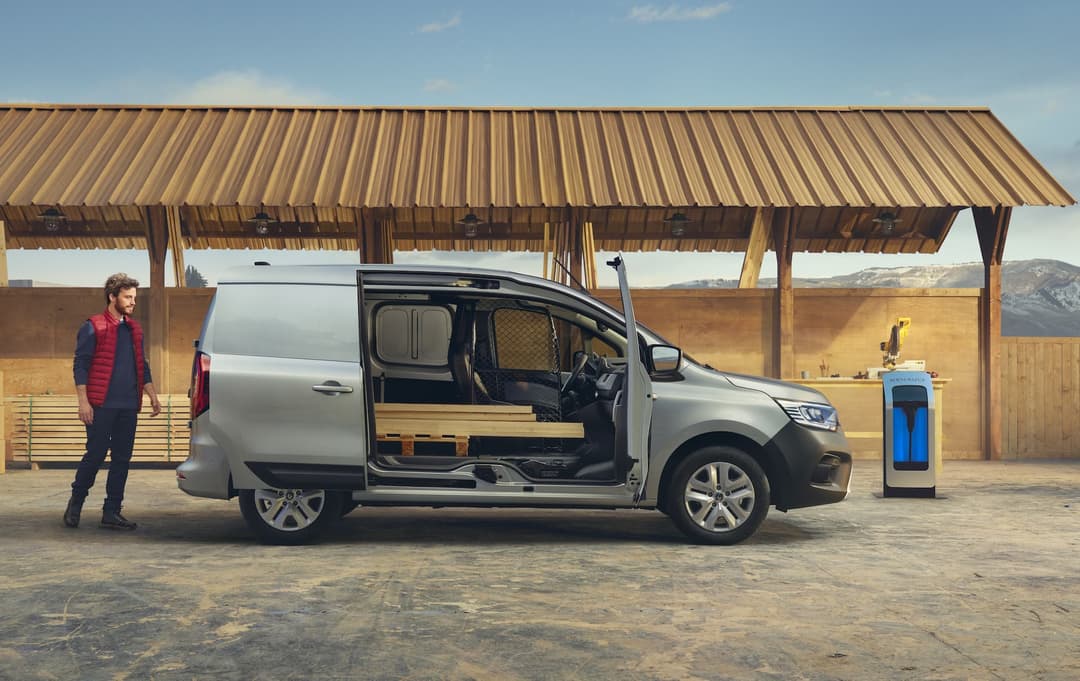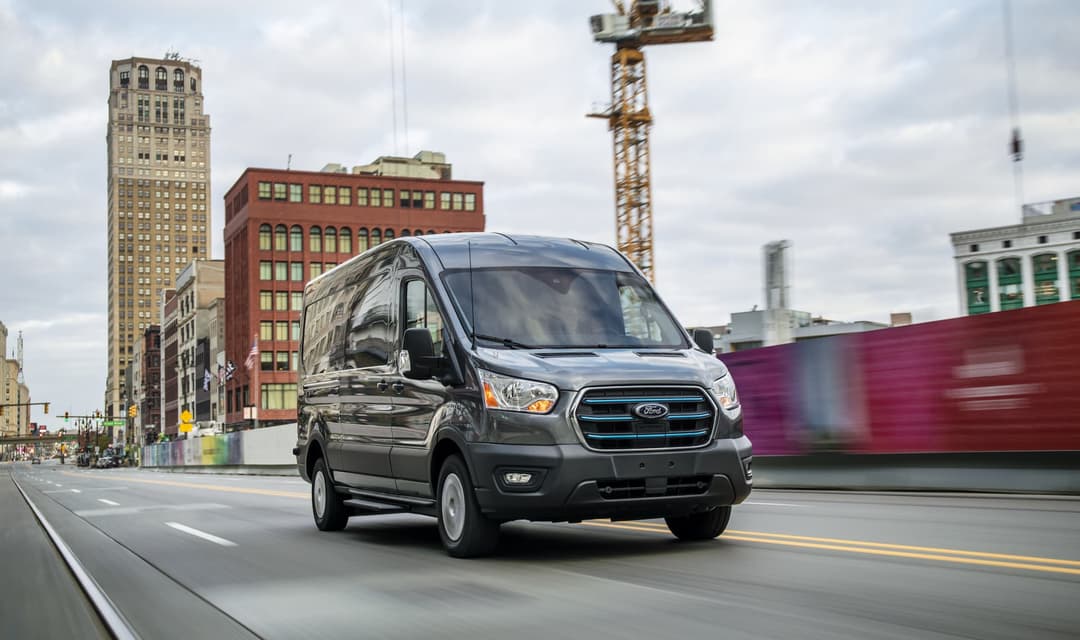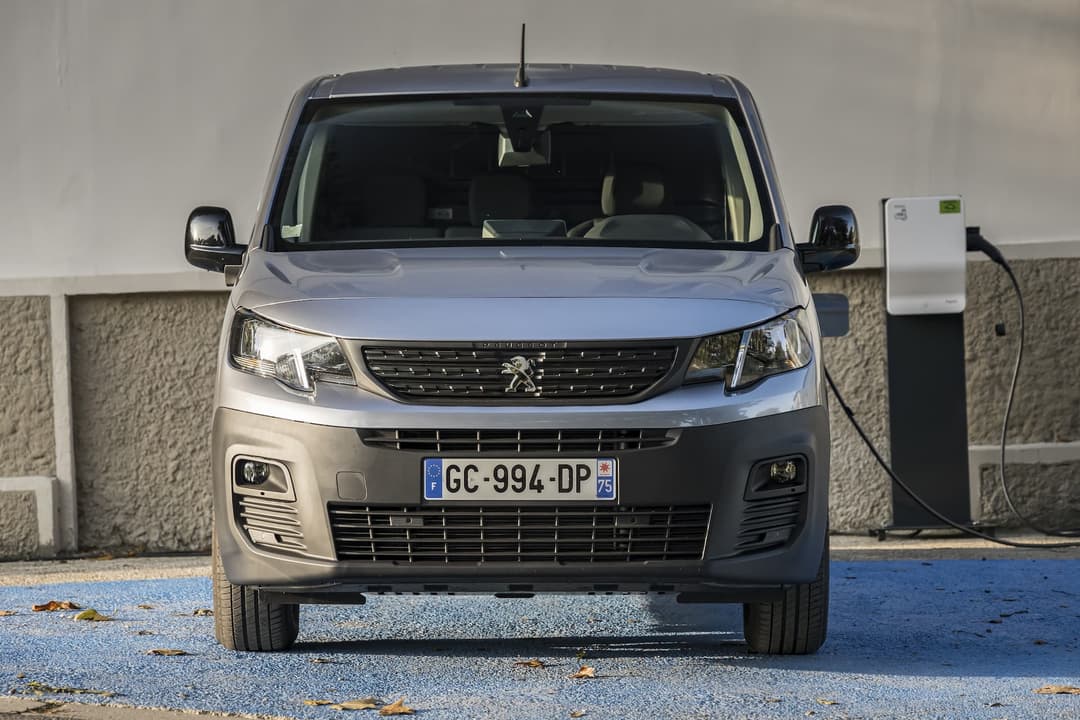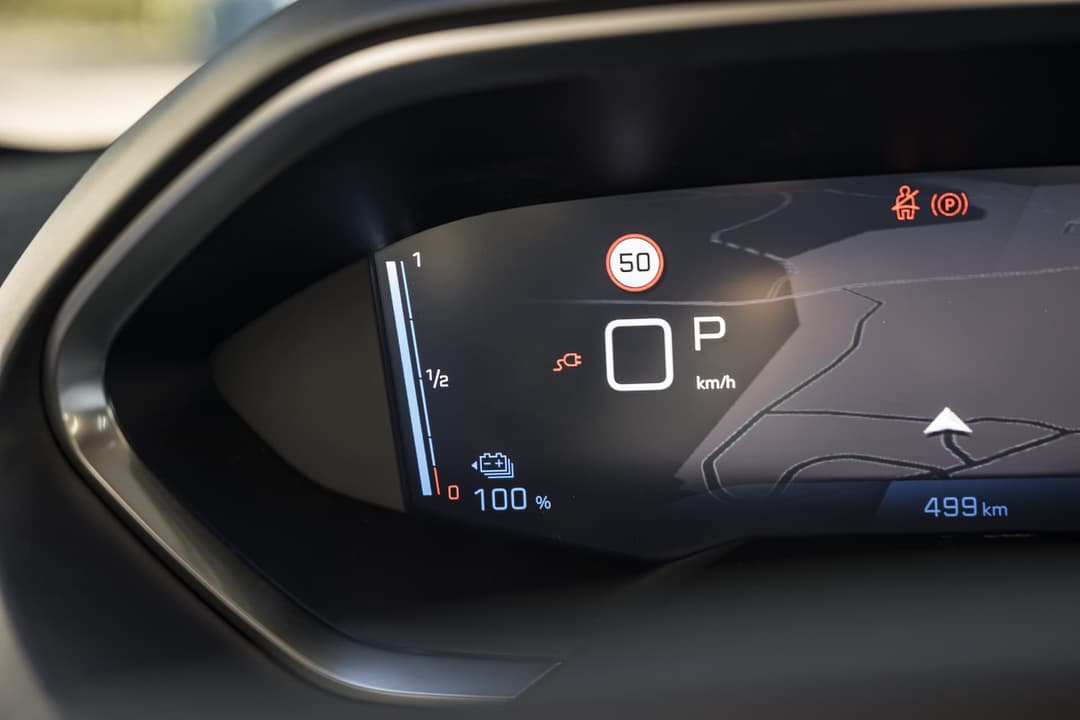
Electric vehicle (EV) adoption by commercial fleets could increase, with a slew of battery-electric vans and trucks bound for Australia.
In 2020, 71 per cent of businesses, governments and rental fleets made up the sales of new light commercial vehicles (LCVs) Down Under – representing an opportunity for commercial EVs to thrive.
However, the LCV market is currently dominated by petrol and diesel-powered models – which emit harmful carcinogenic fumes that can exacerbate health conditions like asthma, cause cancer, and even contribute to premature deaths.
In fact, the Renault Kangoo Z.E. is the only full EV model on sale in Australia in the LCV segment. The city-sized van model dates back to 2011.

However, that’s set to change. Renault Australia has confirmed it’ll bring the next-generation Renault Kangoo E-Tech by the end of 2022 via distributor Ateco, with a larger 45kWh battery and 300km range on the WLTP cycle.
Additionally, independent distributor Nexport is currently fulfilling pre-orders for its Chinese-made Build Your Dreams (BYD) T3 light electric van, even though plans have delayed.
Meanwhile, Ford will launch its E-Transit large van Down Under in mid-2022, while Peugeot may introduce its e-Partner, e-Expert and e-Boxer battery-electric LCVs next year.
Ram has confirmed plans to release an all-electric Ram 1500 in 2024 and American startup Rivian may introduce its R1T pickup to Australians afterwards, too. An emissions-free GWM Ute and LDV T90 electric ute may also be on the cards.

Globally, around 435,000 electric LCVs are on the road as at 2020, according to the International Energy Agency.
Specifically, Europe has seen a steady increase every year since 2015. Sales of electric LCVs jumped by almost 40 per cent compared to 2019 thanks to incentives, strict carbon dioxide standards that limit emissions per kilometre driven, and ‘green zones’ in select cities.
The explosion of ‘last-mile’ home deliveries during COVID-19 has boosted electric LCV interest and uptake in some countries, with heightened concerns about air pollution.

EVs bring tangible benefits to organisations, according to the Electric Vehicle Council.
This includes fleet decarbonisation (environmental), lower total cost of ownership operating costs (economy), reduced driver fatigue as a result of less noise, fumes and vibrations (society), and corporate social responsibility for organisations.
Infineon adds the fewer moving parts in EVs result in better reliability and less maintenance, EVs are more efficient with systems like regenerative braking and heat pumps, and better interior practicality when based on bespoke EV architectures.

Since commercial vehicles often travel regular routes and distances every day, 'range anxiety' is less problematic and can be recharged overnight while not in use for the next day.
Some models are even capable of vehicle-to-load (V2L) capabilities to power electrical appliances like power tools, kettles, or charge tablets.
EV fleets can also expand the electric used car market for private buyers once vehicles have reached their ‘end of life’ for the organisation to accelerate EV adoption.
Figures by Danny Thai
About the author
Stay up to date with the latest EV news
- Get the latest news and update
- New EV model releases
- Get money savings-deal

